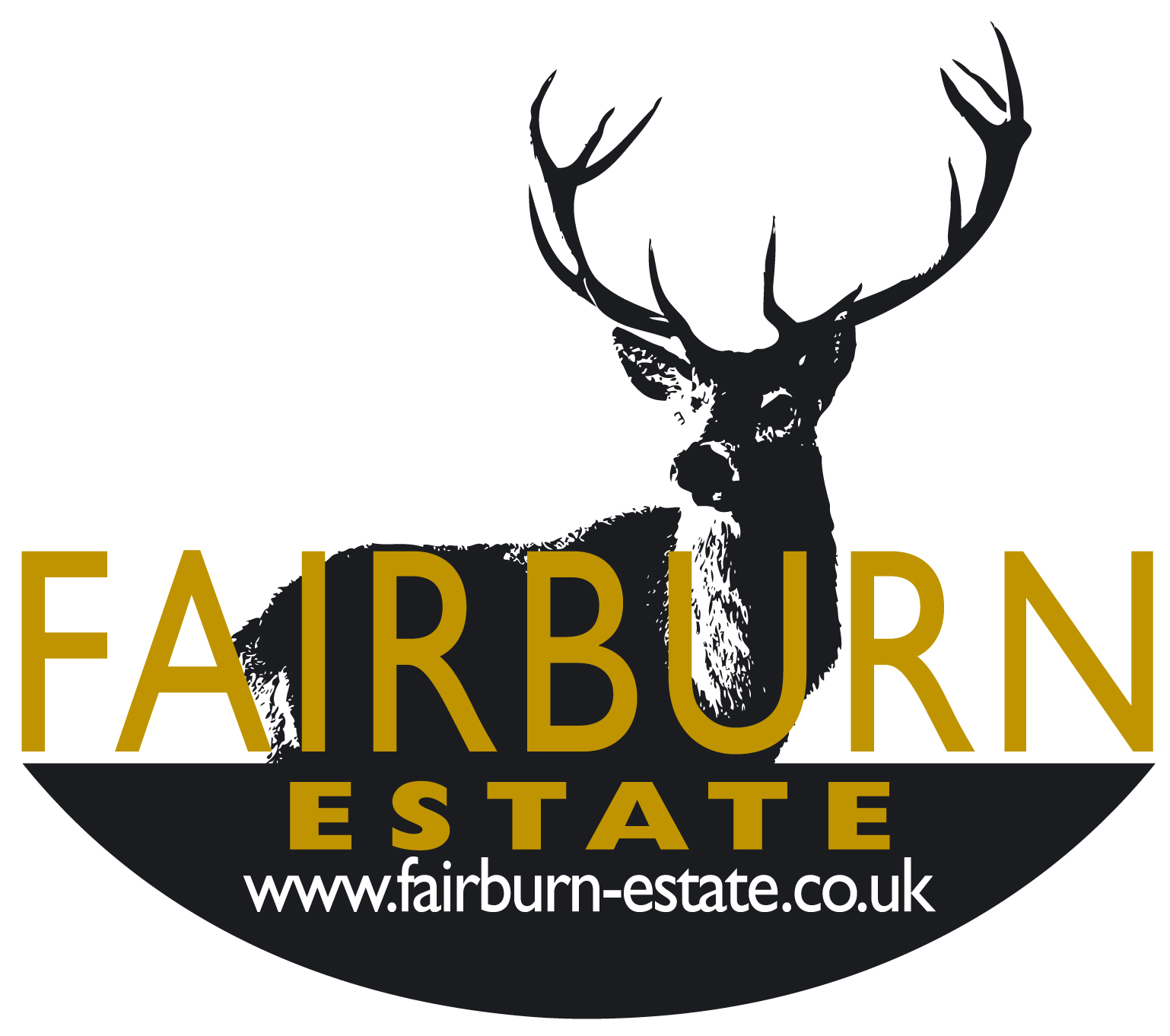Forestry
Fairburn Estate has a wide variety of woodlands on both the low ground and the higher ground totalling some 1,000 hectares, of which some 360 hectares are commercial conifer plantations.
On the lower ground, we have mainly native species (alder, willow, birch, rowan and oak) growing on the banks of the River Conon and River Orrin.
We also have mature woods on the low ground with elm, oak, beech and sycamore, many of which are over 200 years old. We have commercial conifer plantations, which are harvested every 30 to 70 years and then replanted.
We have one of the larger collections of trees in Scotland in our Pinetum, which is located on the North Bank of the river Orrin. Many of the trees are named.
We have started a programme to remove all rhododendron (ponticum) from Fairburn, although we intend to keep the hybrids as they are of no threat to the environment and are magnificent in bloom.
Low Ground
Most of the low ground, from Fairburn House east, is classified as Historic Designed Landscape. There are avenues of trees along the roads, together with beech hedges. Most of these will have been planted when Fairburn House was built in the 1870’s, although some will have been planted earlier.
We have planted a substantial area of farmland with native woodlands, with the aim of improving habitat for wildlife in the longer term.
The trees growing beside the river Conon and the lower reaches of the river Orrin are mainly protected as they have been designated Sites of Special Scientific Interest (SSSI) by Scottish Natural Heritage. The alder, birch and willow trees form the heart of these woodlands, which have been growing naturally here for many hundreds of years and form an example of an alluvial forest system which is now rarely seen in Europe. The riverbank can be walked for much of its course along the river Conon (see fishing page for map). The river Orrin banks can be walked along the North and South banks from Aultgowrie to the area of Fairburn House.
For more information about access and walking, please visit: www.outdooraccess-scotland.com
Commercial Conifer Plantations
360 hectares of commercial forestry is managed on a professional basis by Treeline Forestry Ltd (contact John Mackay – 07736836740). www.treelineforestry.co.uk
The primary species grown for commercial forestry is Scots Pine, with the secondary species being Sitka spruce, larches and Douglas fir. Initially, the trees are planted in fenced-off areas that do not allow access to deer. Normally, a plantation will be harvestable within 30 to 70 years of planting, and so the landscape of commercial forestry is constantly changing. We are about to revise the Long Term Forest Plan for the entire woodland area with input from all the relevant agencies and stakeholders and this will ensure the forest is well managed in the decades to come. If you would like to know more about our commercial forestry operations, please contact Treeline Forestry.
Fairburn Pinetum
This highly regarded collection of trees can be seen easily by walking the North bank of the River Orrin from Orrin Lodge, Aultgowrie to Fairburn House. There is a circular route to take you back to Aultgowrie by crossing the Sawmill Bridge to the south of Fairburn House, connecting you to the Hydro tarred road.
Information about when the trees were purchased can be accessed by clicking this PDF link: Fairburn Specimen trees. PDF
Rhododendron ponticum
There are many estates in Scotland that have been infested by ponticum rhododendrons for over 100 years, and in some areas over 200 years. It was most probably introduced at Fairburn for the purpose of providing fast growing game cover and it has been a regular activity since the First World War to try to control it. The plant is invasive. It destroys the native habitat and grows and spreads with ruthless efficiency.
The plant, we think, originates from Southern Europe (Spain and Portugal) and invades by root and seed. It has been particularly offensive on the banks of the river Orrin, but this has now all been cleared, so improving the habitat for salmon and trout.
Ponticum is a killer. It is a toxic plant, which can kill herbivores and can also kill humans. The Dormouse is probably the most affected animal in the UK, now an endangered species, with much of its habitat destroyed by this plant. Cases of human poisoning have been recorded by the consumption of honey produced by Rhododendron flowers. This is known as Mad Honey Disease or Honey Intoxication, which has been recorded as far back as 400 BC. Death is not common but the severity depends on the quantity consumed. It is therefore important for beekeepers to avoid such areas. Luckily we have large areas available to our local beekeepers, which are remote from these plants.
We are committed to removing ponticums from Fairburn and we are working with various organisations to destroy all plants by 2025.
We have hosted a number of demonstrations to show how to destroy the plant including injection with glyphosate, chain saws, spraying and lever and mulch. All methods have their benefits, depending on the terrain, so please contact Treeline Forestry for more information.
Timber management
We process any timber that falls, especially hard woods. We selectively fell hard woods that are dangerous or need to be thinned. We also remove non-native species of trees on a regular basis to help return our woodlands to native woodlands.
